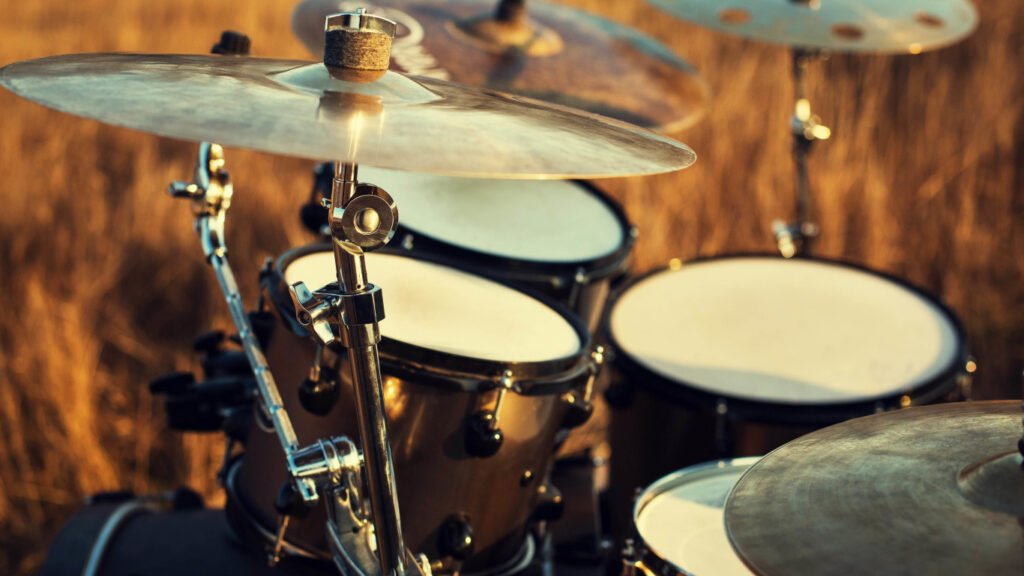In the world of percussion instruments, the scimitar drum stands out as a unique and fascinating instrument. This comprehensive guide delves into every aspect of the scimitar drum, including its history, design, and significance in various musical contexts. Whether you are a musician, a historian, or simply a curious reader, this article will provide a thorough understanding of this intriguing drum.

What is a Scimitar Drum?
The scimitar drum is a traditional percussion instrument characterized by its distinctive shape, which resembles a scimitar, a type of curved sword. Originating from the Middle Eastern region, this drum has been an integral part of various cultural and musical traditions. Its unique design and sound make it a valuable instrument in both historical and contemporary settings.
Historical Background
Ancient civilizations in the Middle East trace the origins of the scimitar drum. It was commonly used in traditional ceremonies and performances, symbolizing both power and cultural heritage. Over centuries, the drum has evolved, but its historical significance remains a key aspect of its identity. Historically, skilled artisans crafted the drum and passed down their techniques through generations, ensuring the preservation of traditional craftsmanship.
Design and Construction
The design of the scimitar drum is notable for its distinctive shape and construction. Typically, the drum features a curved, scimitar-like frame, which gives it its unique appearance. The drumhead typically consists of animal skin or synthetic materials, stretched tightly over the frame to produce a rich, resonant sound. The frame can consist of various materials, including wood, metal, or a combination of both, depending on the desired tonal quality.
Materials and Craftsmanship
The materials used in the construction of the scimitar drum play a crucial role in determining its sound quality. High-quality drums often use premium wood and animal skin, ensuring durability and a rich, resonant tone. Craftsmanship is equally important, with skilled artisans employing traditional techniques to ensure that each drum meets high standards of performance and durability.
Cultural Significance
The scimitar drum holds significant cultural value in various traditions. People often associate it with ceremonial performances, festivals, and other important cultural events.
In Traditional Music
In traditional Middle Eastern music, the scimitar drum crucially accompanies dances and vocal performances. Its distinctive sound adds a unique rhythm and texture to the music, enhancing the overall experience. The drum’s ability to produce both deep and high tones makes it versatile for various musical styles and genres.
Modern Uses
In contemporary settings, the scimitar drum continues to be a popular choice among musicians and composers. Its unique sound and appearance make it an attractive option for modern musical compositions and performances. Fusion genres frequently feature the drum, combining it with other instruments to create innovative, dynamic sounds.
Playing Techniques
Playing the scimitar drum requires specific techniques to achieve the desired sound. Musicians use a combination of hand strikes, sticks, or mallets to produce different tones and rhythms. Mastery of these techniques is essential for creating the drum’s signature sound and integrating it effectively into various musical contexts.
Basic Techniques
For beginners, mastering basic playing techniques is crucial. These include learning how to strike the drumhead correctly, producing different tones, and developing a sense of rhythm. Practice and experimentation are key to achieving proficiency and unlocking the full potential of the scimitar drum.
Advanced Techniques
Advanced players often explore more complex techniques, such as intricate rhythms and dynamic playing styles. These techniques require a deep understanding of the instrument and its capabilities, as well as a high level of skill and practice. Advanced techniques can add depth and complexity to performances, showcasing the full range of the scimitar drums.
Maintenance and Care
Proper maintenance and care are essential for preserving the quality and longevity of the scimitar drum. Regular cleaning, inspection, and appropriate storage are key aspects of drum care. Keeping the drum in optimal condition helps maintain its sound quality and performance over time.
Cleaning
To clean the scimitar drums, use a soft, dry cloth to wipe down the drumhead and frame. Avoid using harsh chemicals or excessive moisture, as these can damage the drum. For more thorough cleaning, consult the manufacturer’s guidelines or seek advice from a professional.
Storage
When not in use, store the scimitar drums in a dry, cool environment to prevent damage from humidity or extreme temperatures. Use protective covers or cases to shield the drum from dust and physical damage. Proper storage will help ensure that the drum remains in excellent condition for years to come.
FAQs
Q: What is the origin of the scimitar drum?
A: The scimitar drum originated in the Middle East, where it has been used for centuries in traditional ceremonies and musical performances.
Q: How is a scimitar drum different from other drums?
A: The scimitar drum is distinct for its curved, scimitar-like shape and its ability to produce both deep and high tones. Its unique design and sound set it apart from other percussion instruments.
Q: Can the scimitar drum be used in modern music?
A: Yes, the scimitar drum is frequently used in modern music, particularly in fusion genres where its unique sound adds depth and innovation to contemporary compositions.
Q: What materials are used to make the scimitar drum?
A: The scimitar drum is typically made from a combination of wood, metal, and animal skin or synthetic materials for the drumhead.
Q: How should I care for my scimitar drum?
A: Proper care includes regular cleaning with a soft cloth, avoiding harsh chemicals, and storing the drum in a cool, dry place to protect it from damage.
Conclusion
The scimitar drums is a remarkable instrument with a rich historical background and a unique design that sets it apart from other percussion instruments. Its curved shape and distinctive sound have made it an essential part of Middle Eastern musical traditions and an intriguing choice for modern compositions. Understanding its history, design, and cultural significance enhances our appreciation for this unique drum.
From its traditional use in ceremonies and festivals to its role in contemporary music, the scimitar drums continues to captivate musicians and audiences alike. Its versatile sound, achieved through specialized playing techniques and careful craftsmanship, ensures that it remains a valuable asset in various musical contexts.
Proper care and maintenance are crucial for preserving the quality and longevity of the scimitar drum. By following recommended practices for cleaning and storage, musicians can ensure that their drum remains in excellent condition and continues to deliver its distinctive sound for years to come.
Embracing the scimitar drums not only enriches our understanding of traditional percussion instruments but also opens up new possibilities for innovative musical expression. As we continue to explore its potential, the scimitar drums will undoubtedly maintain its place as a cherished and influential instrument in the world of music.
- Minecraft (2009) Game Icons Banners A Guide to Customization and Creativity - 19 December 2024
- Understanding QXEFV A Comprehensive Guide - 29 October 2024
- Discover Shopping Excellence with Shopyistan.pk – Your Ultimate Destination for Quality and Convenience - 29 October 2024
